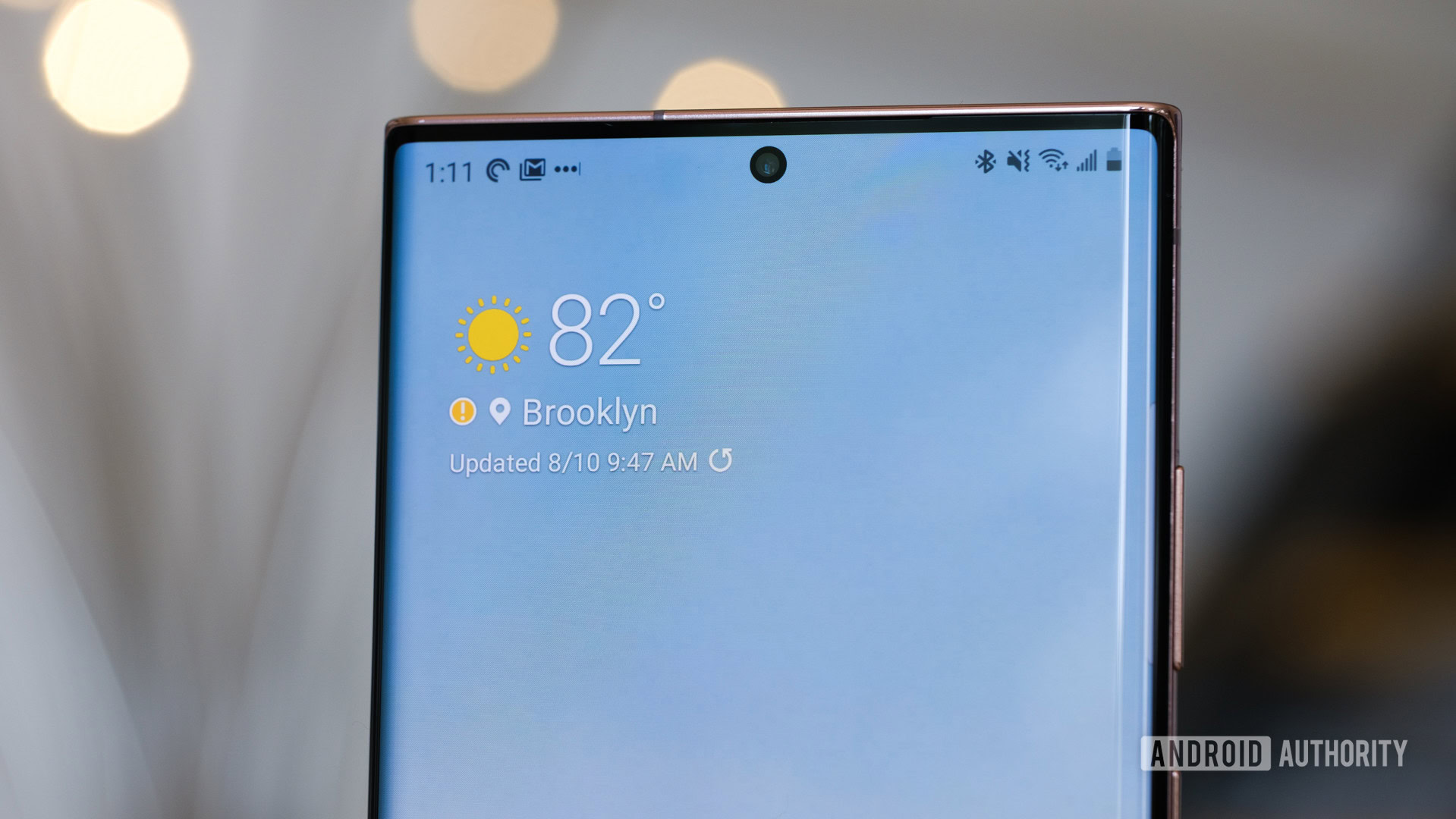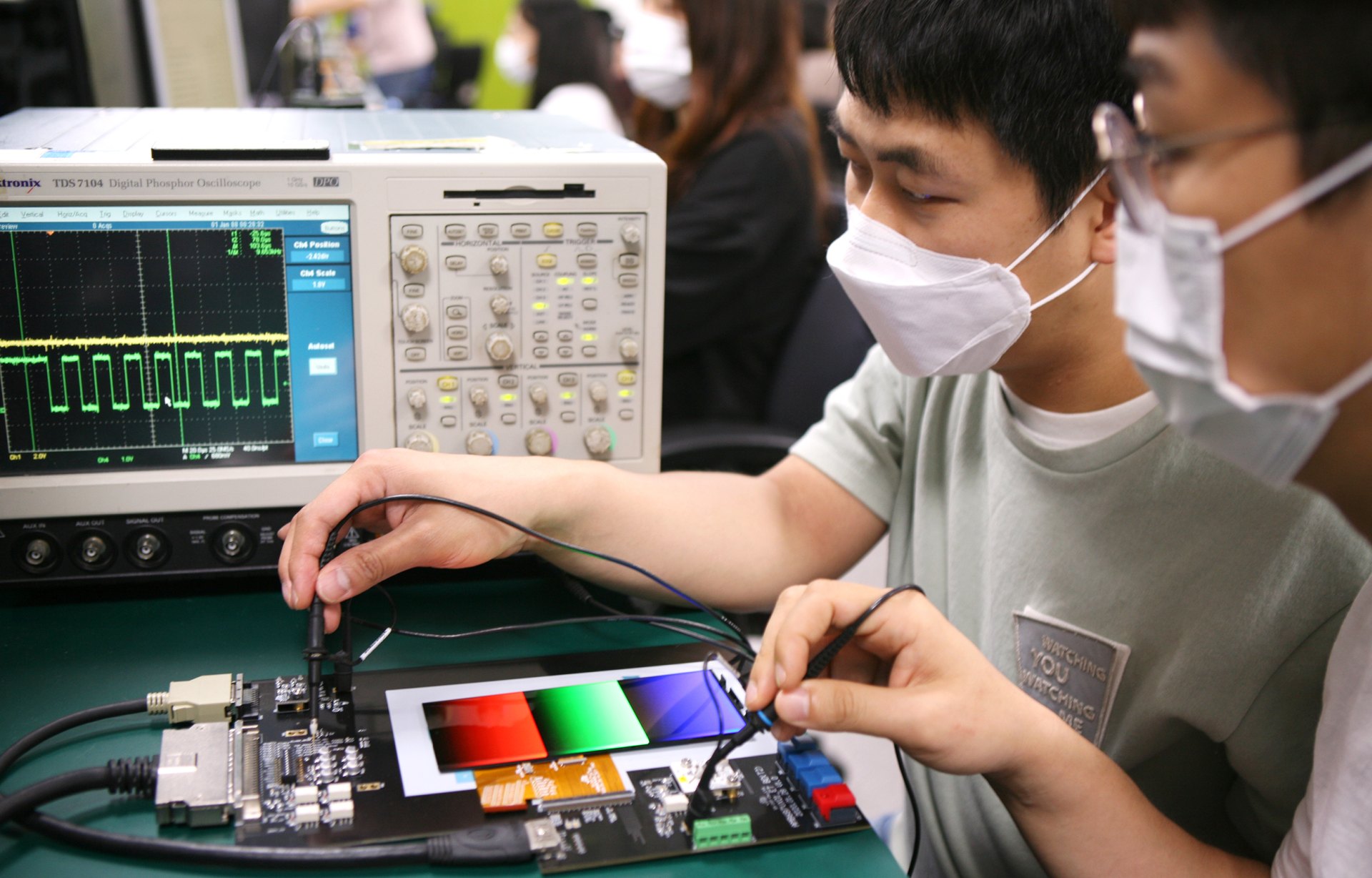Affiliate links on Android Authority may earn us a commission. Learn more.
Samsung's adaptive refresh rate tech could be coming to a phone near you

- Samsung Display’s adaptive frequency display technology has been commercialized.
- The technology increases or decreases screen refresh rates based on app and user demands.
- This results in power saving in situations when high-refresh rates are not required.
Samsung Display has announced the commercialization of its adaptive frequency displays premiering on the Galaxy Note 20 Ultra, opening the door for other manufacturers to use the technology.
In a statement to Android Authority, Samsung Display says the technology primarily acts as a power-saving measure that adjusts the display’s refresh rate on the fly depending on current demand.
The panel refreshes at 120Hz while running a game but drops to 60Hz while streaming video content. Further refresh rate drops to 30Hz and 10Hz are implemented when users are sending emails or browsing social media, respectively. Samsung Display believes it has solved flickering issues usually visible to the human eye at low frame rates by improving its backplane technology.
The philosophy here isn’t new as some displays do scale between refresh rates on smartphones. The Google Pixel 4, for instance, kicks up its display to 90Hz from 60Hz when displaying some types of content. But Samsung’s solution does seem to give manufacturers more granular control.
Variable refresh rate: Swift and thrifty

The use of variable refresh rates on a display can be likened to CPU processing speeds adjusting on the fly. When a chipset doesn’t need to run at a lofty frequency or processing power demand is low, it throttles down to save power. Samsung Display is effectively doing this with its panels, seeing high-refresh rates as pivotal for smooth gameplay but not necessary when users are browsing Twitter.
Samsung Display notes a stark drop in power requirements with this technology, too. The company claims panels using variable refresh rates require 22% less power than “existing smartphones” in general use. Samsung also believes further gains can be seen when still images are displayed at 10Hz, which could be a boon for photographers editing snaps or avid ebook readers.
Related: Refresh rate explained: What does 60Hz, 90Hz, or 120Hz mean?
We’ll likely see more companies implement similar power-saving measures as high-refresh-rate displays become more commonplace on smartphones. Considering just how low these refresh rates can dip to save power in certain situations, variable refresh rate devices could theoretically be more efficient than traditional phones with panels fixed at 60Hz.
More efficient screens could have an impact on future smartphone design too. Batteries, and device sizes, have steadily increased in flagships. More efficient screen technologies could see further reductions in battery capacity and overall phone size without a noticeable reduction in battery life.